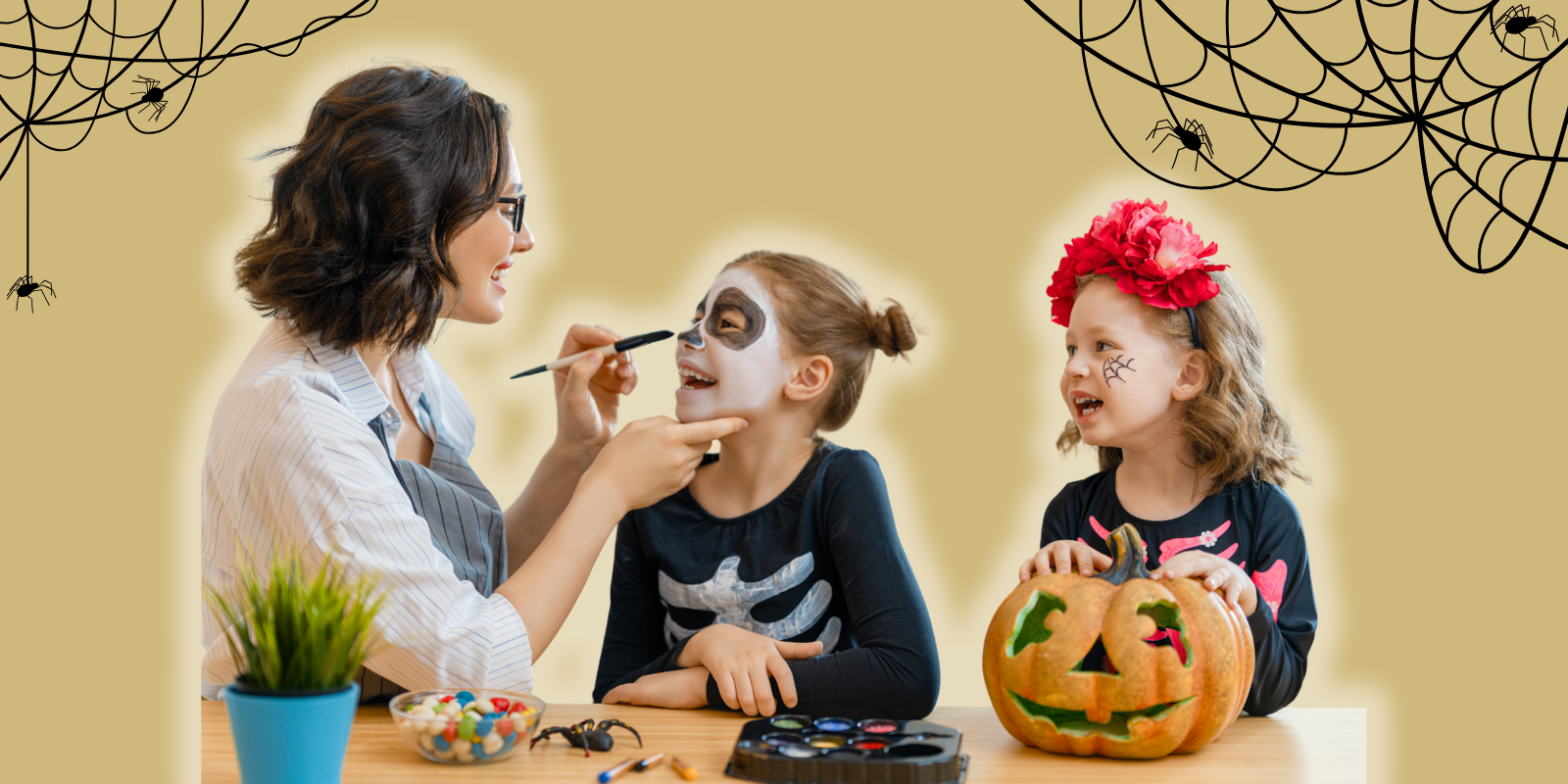As students return to the classroom, it’s important not to lose sight of the significance of eye health.
“Vision is very important for learning,” explains Michael Puente, MD, assistant professor in the Department of Ophthalmology at the University of Colorado School of Medicine. “A child with poor vision will likely have more difficulty in school, so it’s crucial that they be seen by a pediatric ophthalmologist if their vision problems are affecting their schoolwork.”
Increasing time spent behind a computer screen can cause eye strain and discomfort while sports injuries to the eye can lead to worse outcomes, such as vision loss. Other vision and eye symptoms may become apparent as children spend more time focusing on class work.
“If a child is squinting a lot, complaining that it’s difficult to see the board in the classroom, or their eyes are crossing or drifting apart, it could be a sign that their vision is not as good as it could be,” Puente says.
Practice good screen time hygiene
The impacts of screen time on young eyes are plenty. Children who spend an extensive amount of time looking at a tablet, phone, computer, or television screen might experience symptoms including eye pain, blurry vision, dry eye, and head and neck pain.
Some recent research links myopia (nearsightedness) to increased time spent indoors looking at objects up close in early childhood. This can include reading books, looking at screens, and other activities that occur close to the eyes.
Puente, who is also director of medical school education in ophthalmology at the CU School of Medicine, recommends keeping screen time to less than one hour per day for children and allowing plenty of time outdoors to help young eyes develop properly.
“Studies have shown that kids who spend more time indoors looking at things close up – like they would on a screen – are more likely to end up nearsighted compared to kids who spend more time outside playing in natural light,” he says.
For children who are working or playing on a laptop or tablet, the American Academy of Ophthalmology recommends the 20-20-20 method – looking up from the screen every 20 minutes to focus the eyes 20 feet away for 20 seconds. This can help the eyes reset, refocus, and avoid symptoms of digital eye strain.
Avoid sports injuries with protective gear
Ocular health is important outside of the classroom, too.
“I often see eye injuries that happen in sports, especially in basketball, hockey, lacrosse, and football,” Puente says. “Children should be wearing the proper eye protection, because these injuries could affect their vision and eye health long-term.”
Protective eyewear should be made of ultra-strong polycarbonate, which is impact resistant and protects the eyes from ultraviolet (UV) rays. Safety googles and faceguards are both recommended by the National Eye Institute for sports with high risk of eye injury, including baseball, softball, fencing, mountain biking, and basketball.
Although eyeglasses and sunglasses alone don’t provide enough protection from eye injuries, many forms of eyewear can be made to match contacts or glasses prescriptions for added convenience.
Follow up with an ophthalmologist when necessary
Early detection is important for children with vision and eye problems because proper treatment can potentially prevent worsening symptoms and vision loss, but an annual eye exam isn’t recommended for all kids.
“Not every kid needs an eye exam every year,” Puente says. “They should have their vision checked at pediatrician visits and at school. If there are concerns that result from those screenings, a child should be referred to a pediatric ophthalmologist or optometrist.”
Doing so in a timely fashion is important, especially for children.
“The eyes are still developing at this young age, so it’s important to address vision or eye issues as early as we can,” Puente says.


.png)

